Saving dry seeds is actually very simple. “Dry” seeds are plants that produce seeds from a blossom and then mature inside the flower or pod produced from the flower. These seeds ripen on the plant and do not need any special treatment other than keeping them cool and dry for storage. I recently did a post on how to save onion seeds, https://rootedemily.com/?p=358. This is similar to that, but just wanted to show more pictures on “how to” with other vegetables. The picture above shows a head of lettuce that has gone to seed. You can see the top flowering. Let’s take a closer look.
In this picture you can see the flowers in a little more detail. The ones that look fuzzy are an indication that the seeds inside are ready to harvest! Notice they are similar to dandelion flowers going to seed.
Simply pinch and pull the fuzzy flower off the stem and at the bottom you will see little seeds.
Here they are! These little babies can be planted now during the first 20 days of August or they can be saved for next spring. Be sure to save them in a moisture free velum or parchment envelope. I get my envelopes from www.dianeseeds.com
Can you guess what plant this is? It’s one head of Walthom broccoli I let go to seed. Notice the plant looks dry and dead. This is what you want when harvesting these dry seeds. The head of broccoli produces flowers that produces pods. This is the case for all cruciferous plants including kale, cauliflower and cabbage.
Here’s a closer look at all those pods! That’s a lot of seed production from one plant!
Inside the pods are the seeds. You can get up to 20 seeds in one pod depending on the size.
The concept with saving peas is the same. Allow the pod to get big and dry as paper! Then harvest them for saving seed!
The seed pods should be easily opened. You want to find very dry wrinkled seeds! Save them in a cool dark place or plant them in the ground by July 20th for a fall crop.
There are many other crops that produce “dry” seed their first year like spinach, radishes, cilantro (best sown in fall and harvest seeds in early summer), and other herbs like dill and basil if allowed to go to seed. Then there are plants that produce seed their second year. These plants are considered biannual. They include parsley, carrots, kale, Swiss chard, onions, beets and other root vegetables. Leave those in the ground for a second year and they will produce seed.

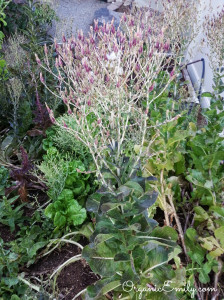
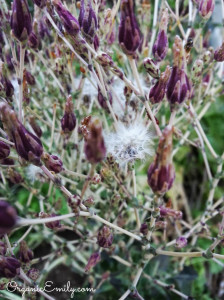
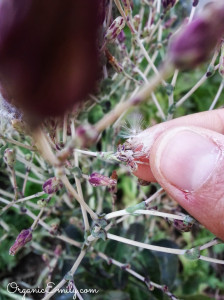
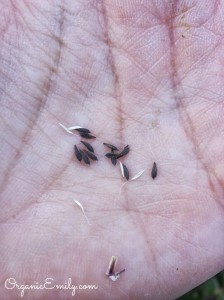
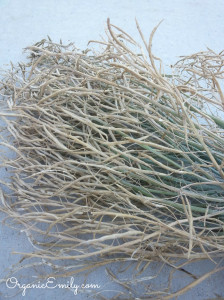
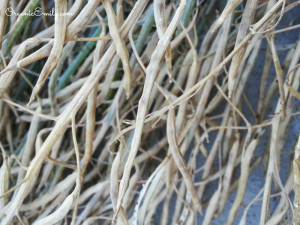
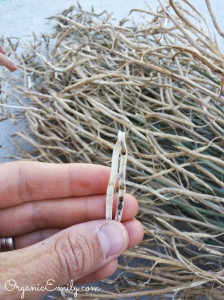
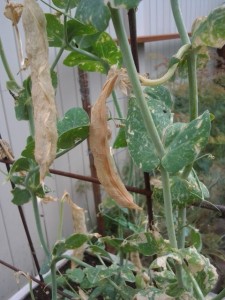
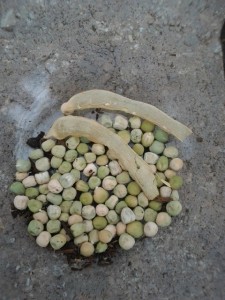
One Reply to “Saving “Dry” Seeds”